Raptor-Inspired Drone Could Lead To Increased Maneuverability
AV Web
DECEMBER 3, 2024
A pair of aerodynamic researchers at the École Polytechnique Fédérale de Lausanne (EPFL) in Switzerland have created a raptor-inspired drone that uses its tail feathers to control bank, rather than wingtip feathers mimicked by ailerons on airplanes. The turns could be executed at low and high speeds as the raptors maneuvered.

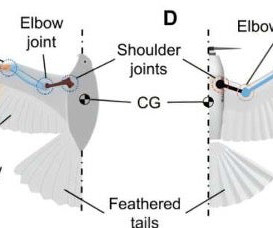
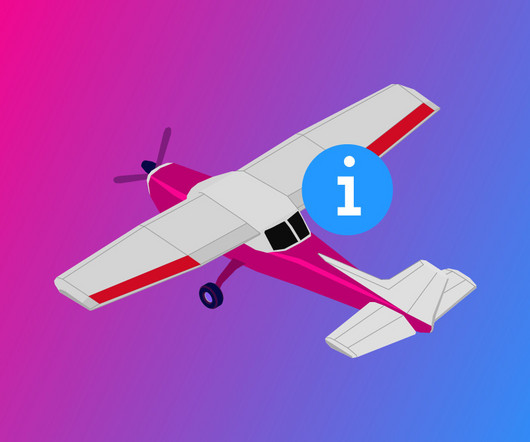


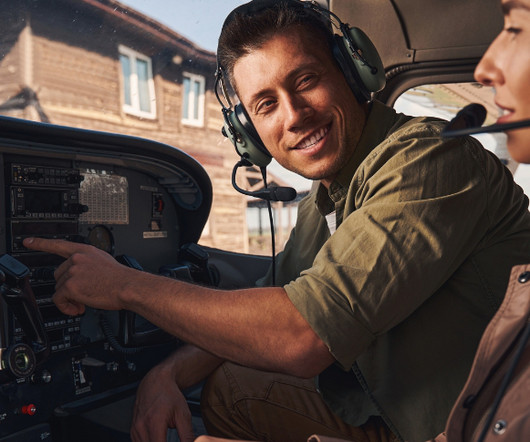
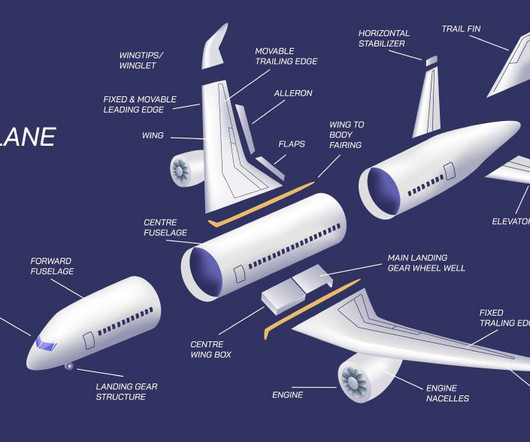
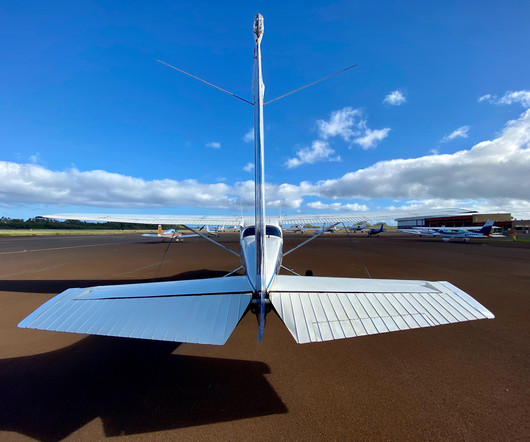

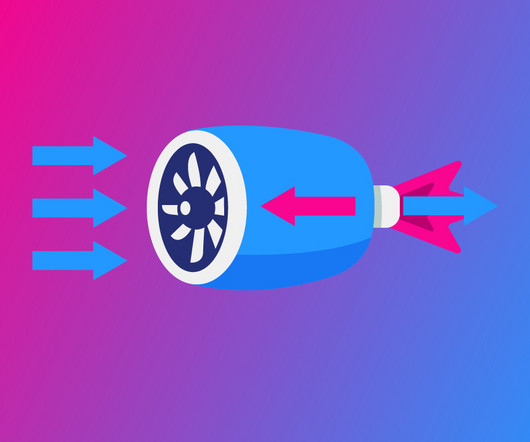
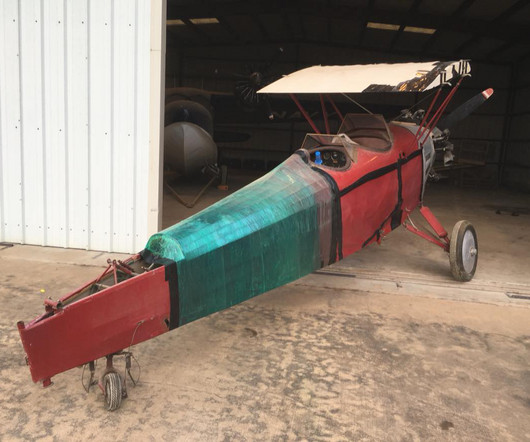

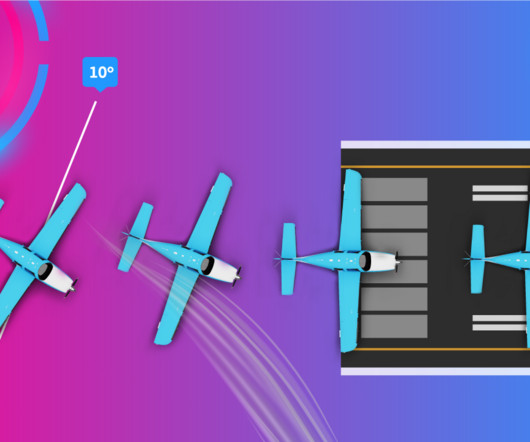


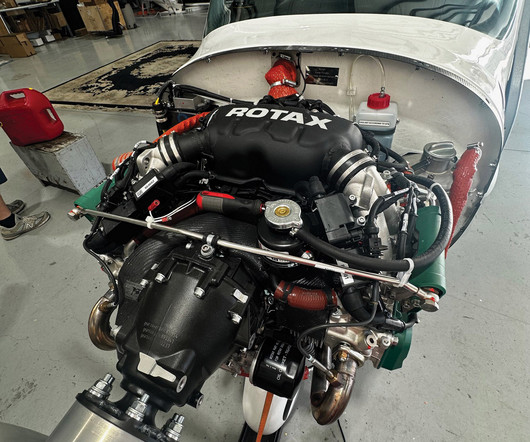
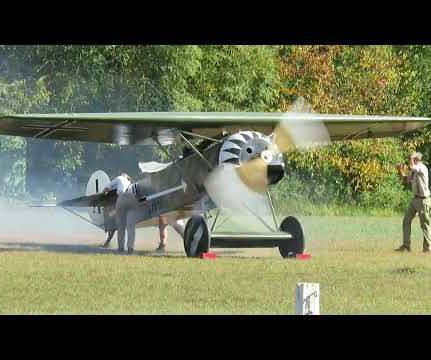






Let's personalize your content